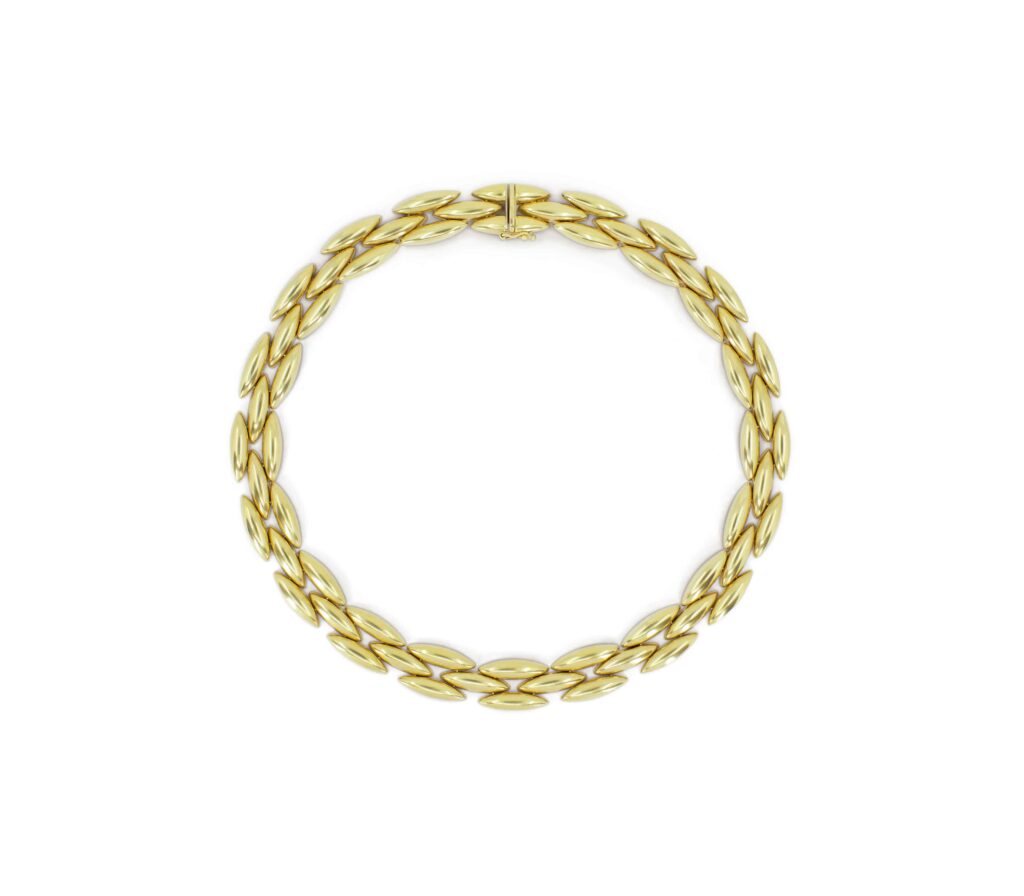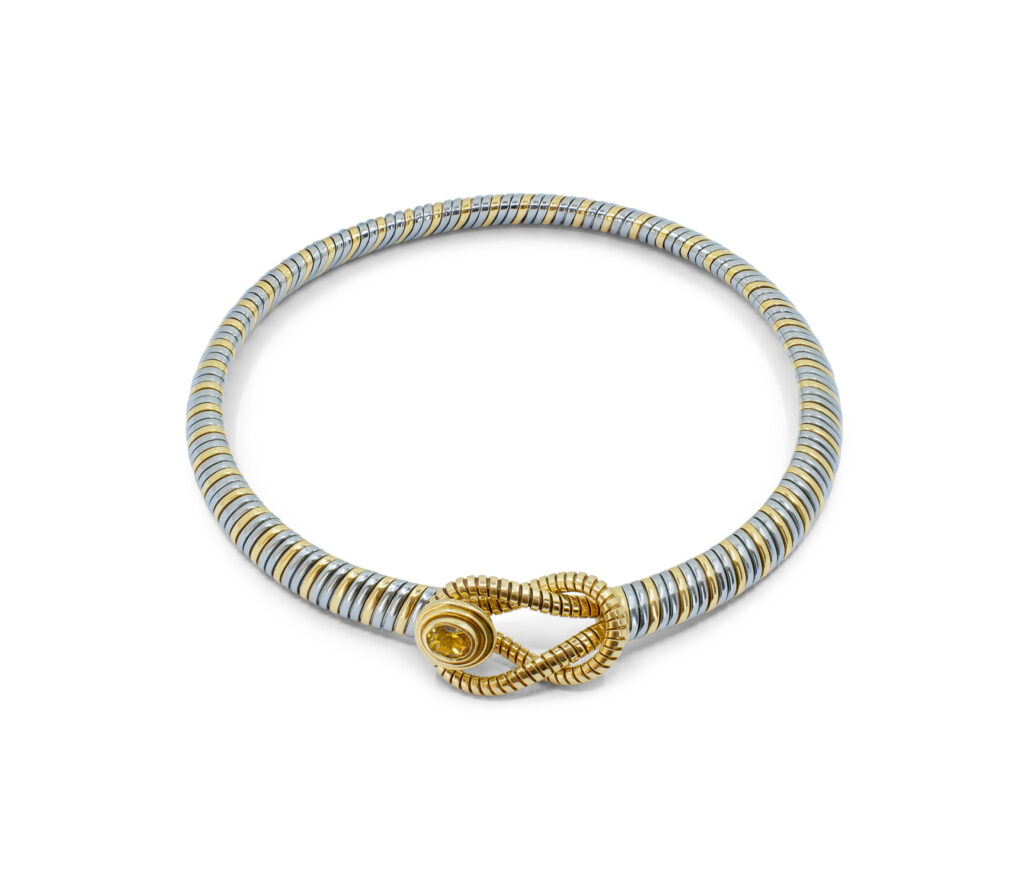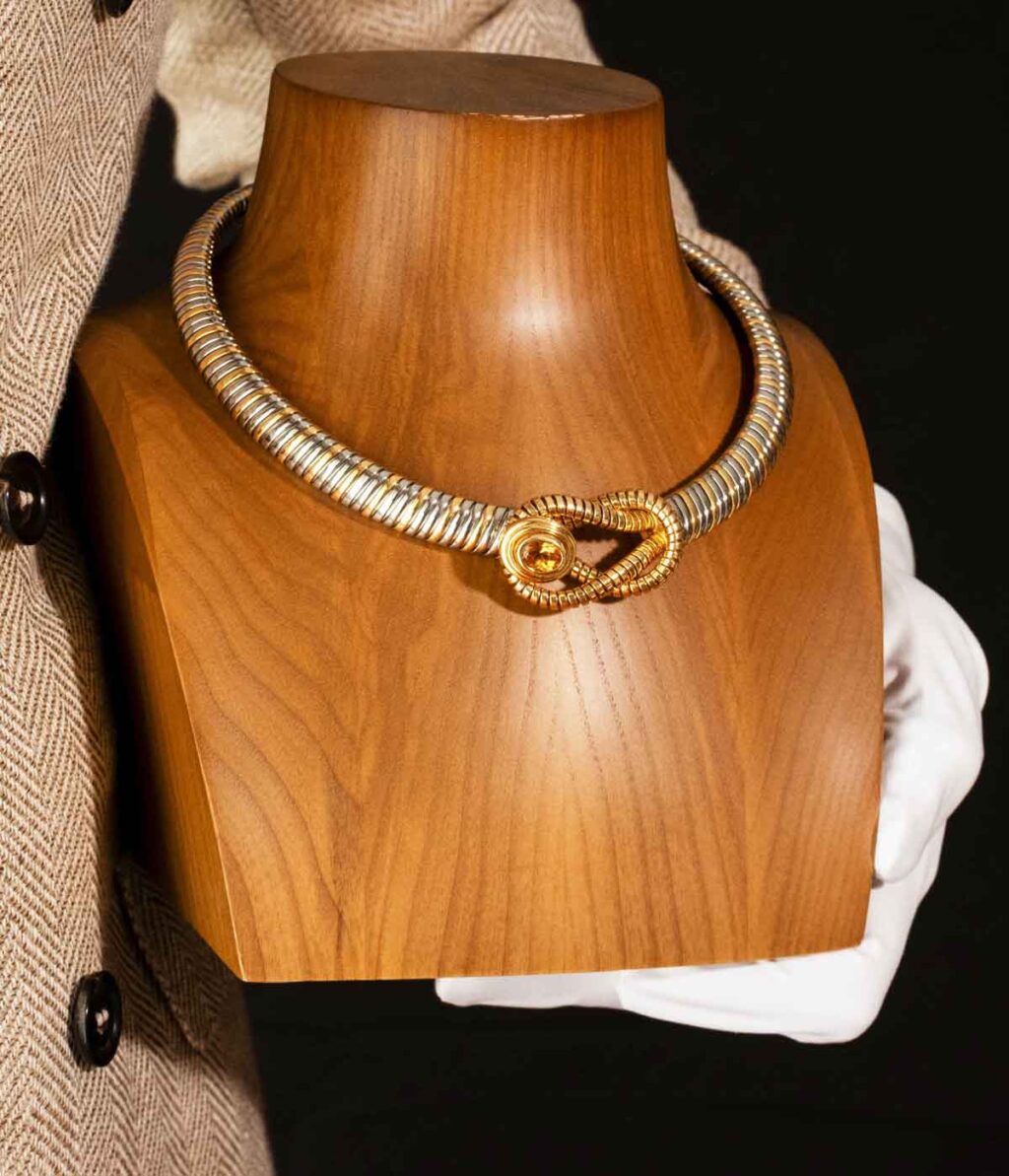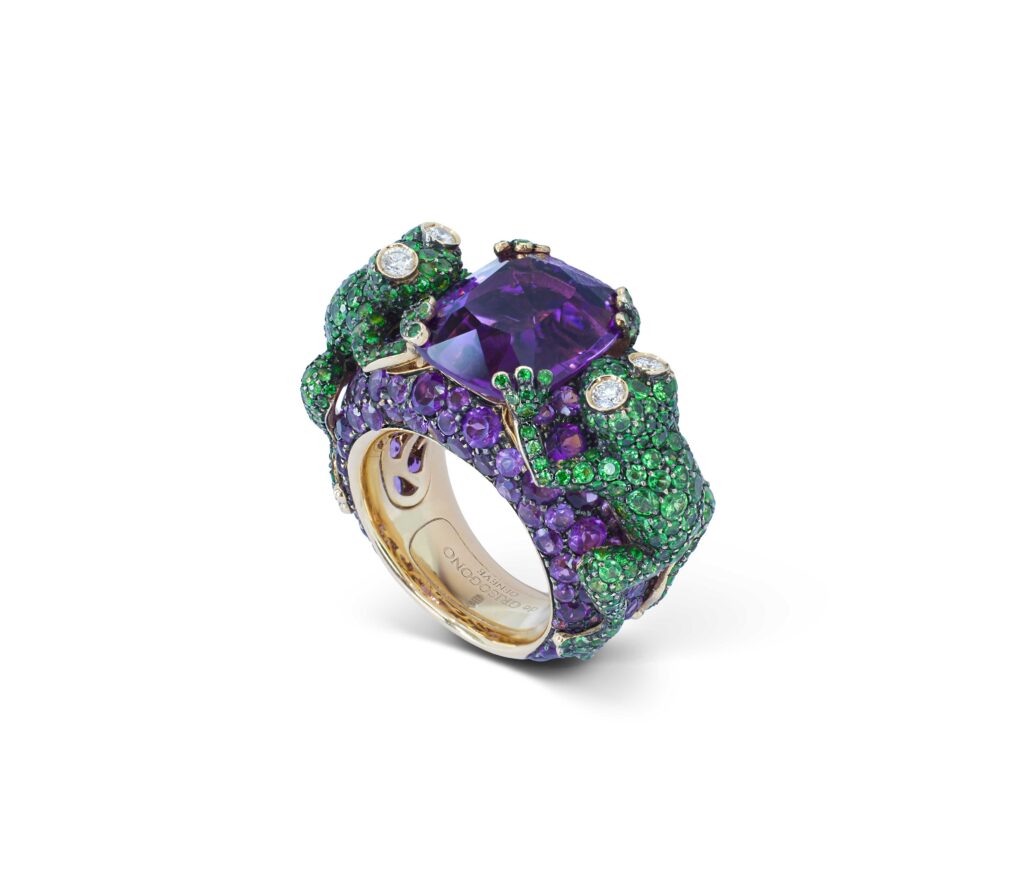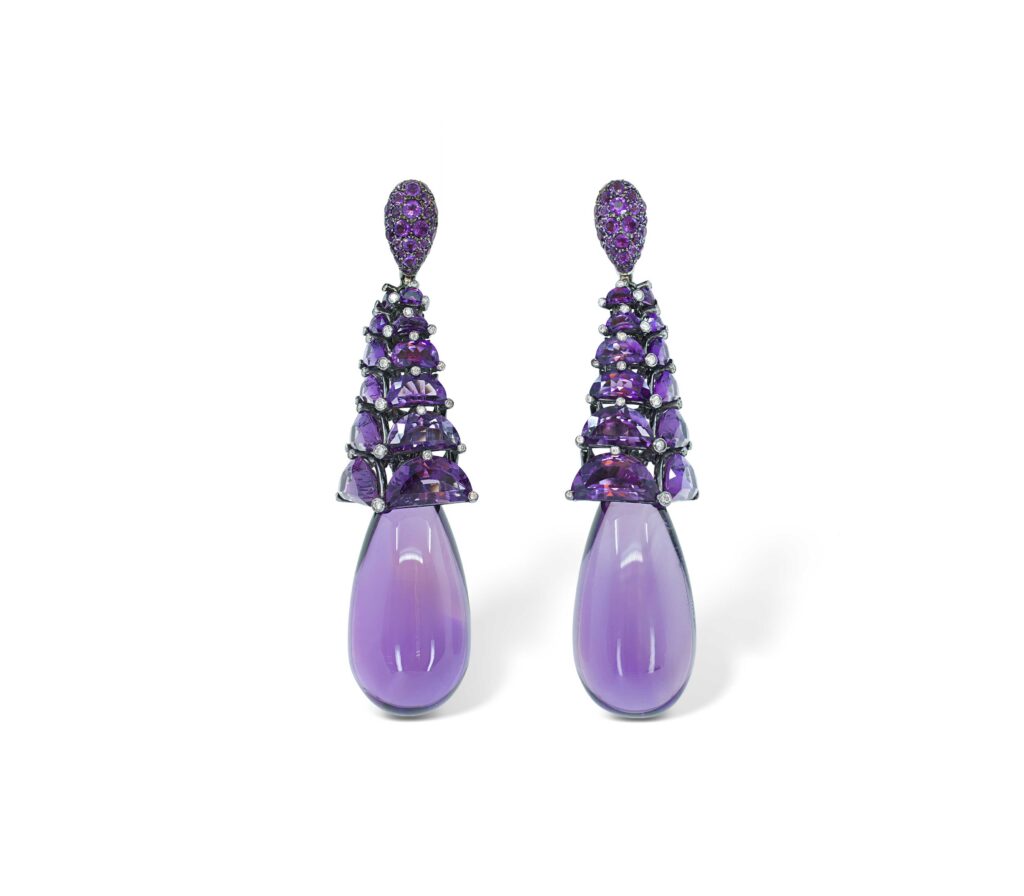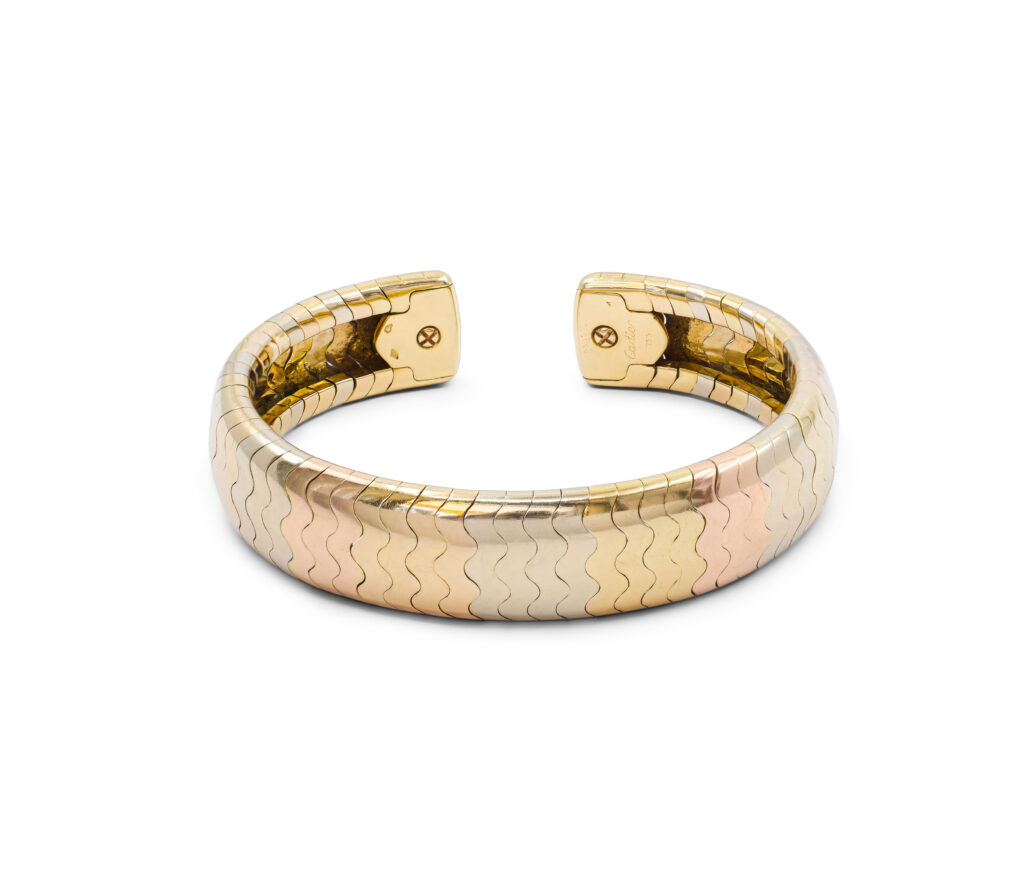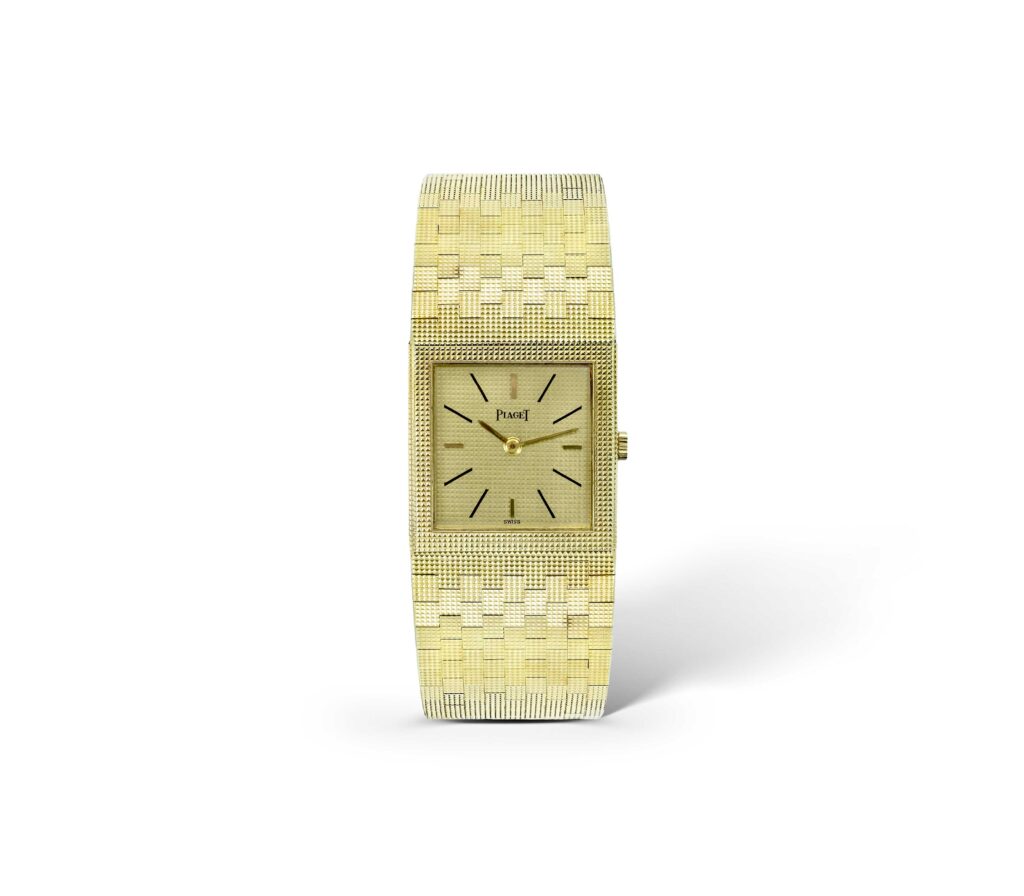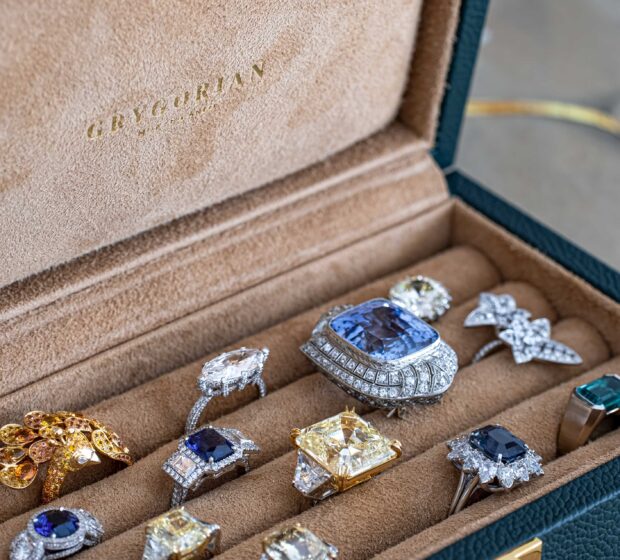A story often begins with a single question: “What is it truly worth?” In the world of extraordinary jewels, rare timepieces, and earth’s most coveted stones, the answer never rests on sentiment alone. True value is subtle, layered, and revealed only through the practiced eye of an expert in appraisal services, much like an umpire in a game, an art Grygorian Gallery has refined over generations. As the delicate interplay between passion and precision unfolds, one recognizes a pivotal fork in the road: the distinction between appraisal and insurance valuation.
To those who place their trust in the hands of Grygorian Gallery, these words act as a binding agreement and are not simply technicalities. They mark the beginning of a cherished partnership built on clarity, respect, and a profound reverence for heritage.
What Sets Appraisal and Insurance Valuation Apart?
While both pull from deep wells of expertise, they shape the meaning of value in nuanced ways.
Appraisal is the poetry of worth. It asks: “What is this piece in today’s world?” Here, historical significance, current market dynamics, rarity, and craftsmanship are woven together. Each piece, be it an Art Deco brooch from a Parisian atelier or a rare Patek Philippe from a secret Swiss auction, is understood on its own terms and within a greater narrative.

Insurance valuation, meanwhile, is language of stewardship, assessing the potential amount of loss for insurance assessment to ensure adequate coverage. It responds to a pragmatic charge: “What would it cost to replace this if lost or damaged?” This calculation is not about auction records or provenance. It connects you with peace of mind, promising restoration of the tangible should the intangible ever be threatened.
Comparing Appraisal and Insurance Valuation
Here’s a side-by-side look to clarify these approaches:
| Aspect | Appraisal | Insurance Valuation |
|---|---|---|
| Purpose | Assessing market or intrinsic worth | Determining replacement cost |
| Intended Use | Estate, resale, taxation, curiosity | Insurance policy, risk protection |
| Value Basis | Fair market or intrinsic value | Retail replacement or new-for-old cost |
| Influencing Factors | Provenance, rarity, condition, demand | Latest retail prices, available equivalents |
| Frequency of Update | Occasional, as context demands | Recommended every 2-3 years |
| Documentation Required | Detailed report with qualitative analysis | Descriptive, value-specific statement |
One could say that while an appraisal honors the past and whispers of investment, insurance valuation guards the future.
Grappling with Nuance: Why Knowledge Matters
The realm Grygorian Gallery inhabits is interlaced with memory and meaning. A Cartier tiara, once worn by a countess, might soar at auction thanks to provenance. An emerald cabochon, perfectly unblemished, whispers generational legacy. Some pieces sing with historic allure, reflecting changes in style, patronage, and even global events.
When considering what service to seek for your treasured property, ask yourself:
- Are you envisioning a future sale, donation, or inheritance?
- Do you require reassurance against unforeseen loss or damage?
- Is your piece one-of-a-kind, or can a near-identical example be sourced?
Those choices determine more than paperwork. They inform your relationship with the object itself. The answer is both practical and poetic, requiring candor and celebration of the piece’s journey.
The Grygorian Gallery Perspective
With roots reaching deep into the world’s most storied auction rooms and family ateliers, Grygorian Gallery brings not only technical mastery, but reverence for the legacy each commission represents. Each property valuation—whether for insurance or appraisal—draws from decades of localized and international expertise, a library of resources, and rigorous study.
Unmatched Distinction
- Holistic Research: Every report is backed by research conducted by experts steeped in the nuances of jewelry, watchmaking, and gemstone markets.
- Insightful Documentation: Expect more than numbers—each piece receives an analysis that traces provenance, craftsmanship, restoration, and designer significance.
- Confidentiality and Discretion: The world of fine jewelry and watches rests on trust—a guiding principle honored at every stage.
For more about the array of specialized services, including bespoke private valuations, see what Grygorian Gallery offers.
Common Scenarios: When to Seek Each Service
Just as jewels reflect different hues in the light, circumstances color your needs. Consider these moments:
Appraisal
- Estate Planning: When preparing a collection for inheritance or sale, establishing fair market value is essential.
- Taxation or Charitable Giving: Donations to museums or trusts require a rigorously documented appraisal.
- Divorce or Legal Proceedings: Courts will require an impartial, current market valuation.
Insurance Valuation
- Insuring New Acquisitions: Protect significant purchases before they leave the Gallery.
- Renewing Policies: As values shift, periodic revaluations safeguard against market fluctuations.
- Custom or Irreplaceable Items: For a bespoke piece, only an expert’s eye can estimate its replacement with integrity.
Selecting between these services is not simply administrative—it’s an act of devotion to legacy, protection, and intent.

Key Terms Every Collector Should Know
The language of valuation can be esoteric. Here’s a short glossary:
- Fair Market Value: The price a willing, knowledgeable buyer would pay a willing seller in the open market.
- Retail Replacement Value: The highest amount needed to replace an item with one of similar quality, usually in a retail setting, ensuring that the binding aspects of the transaction are secure.
- Provenance: The record of ownership and history of a piece, which can influence value dramatically.
- Condition Report: Detailed analysis of wear, restoration, and authenticity—often included in both types of valuation.
Understanding these terms unravels the sometimes cryptic world of valuation, reinforcing a sense of ownership and stewardship.
The Importance of Periodic Review
Fine jewels and watches do not exist in stasis. Over time, values shift—driven by trends, fluctuations in raw materials, and rediscovery by new generations. Insurance valuations, particularly, must be renewed every few years to shield against underinsurance and accurately reflect the amount of loss in case of damage or theft.
Appraisals, on the other hand, may be needed following significant market events or after notable historical discoveries that elevate a piece’s profile, and for accurate appraisal services that ensure precise valuation. Relying on archival paperwork from a decade ago can lead to unintended financial or sentimental loss.
At Grygorian Gallery, clients are encouraged to view their reports as living documents—snapshots in an ongoing story, adaptable as context shifts and legacies deepen.
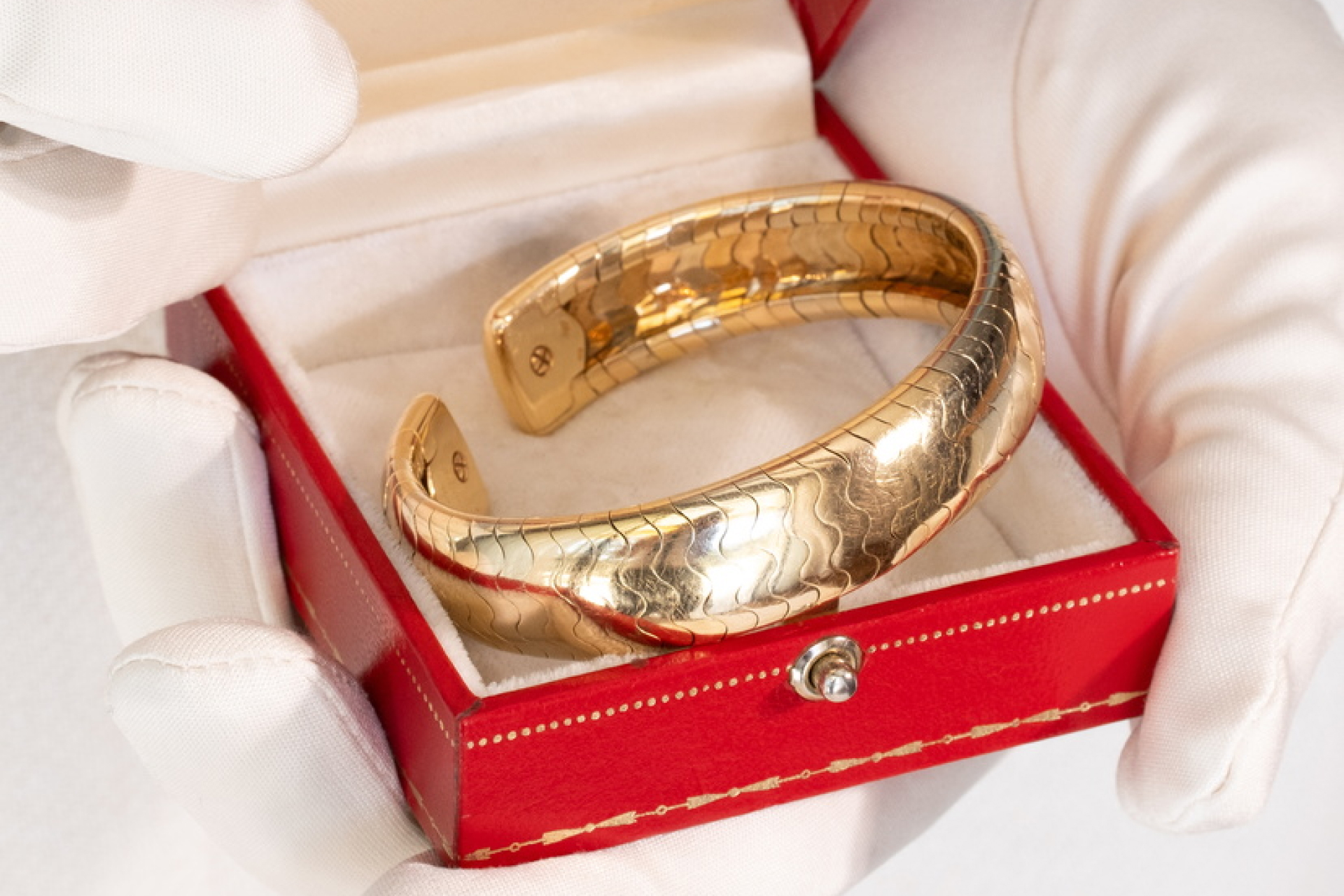 The Cartier Tri-Gold Bracelet illustrates how appraisal emphasizes its craftsmanship and vintage desirability, while insurance valuation ensures protection against the financial cost of replacing such a timeless design.
The Cartier Tri-Gold Bracelet illustrates how appraisal emphasizes its craftsmanship and vintage desirability, while insurance valuation ensures protection against the financial cost of replacing such a timeless design.
The Heritage Approach: Crafting Value Beyond Numbers
A diamond is rarely just a diamond. It is an heirloom, an artistic statement, a thread in a family tapestry. The same is true for a signed vintage watch or a gemstone with a singular fire. Valuation, in this sense, becomes an act of stewardship—inviting partners into a tradition that stretches beyond commerce.
At Grygorian Gallery, clients are guided through:
- Collaborative dialogues that honor personal stories and aspirations.
- A process rooted in both deep scholarship and a celebration of beauty.
- Discretion, guiding clients through an often sensitive process with empathy and expertise.
Valuation is not only about market cycles, insurance claims, or insurance assessment. It’s about safeguarding the intangible—the memories, the artistry, and the intent behind each acquisition.
Signature of Trust
The greatest fortunes and collections are rarely accidental. They are curated, protected, and fiercely cherished. The difference between appraisal and insurance valuation rests on foundation stones only true experts can lay: knowledge, objectivity, and the role of an objective umpire in assessing commitment to the legacy entrusted to them.
Those who place their treasures with Grygorian Gallery choose not only expertise, but a storied tradition. They join generations of collectors, patrons, and families who know the answer to “What is it truly worth?” is never merely a sum.
It is the signature of trust, written across every Grygorian report, sealed by the wisdom of time, and continually renewed throughout the life of every piece.

